
A Short Background of the Nikon D80
What you’ll get: a quick history of where the Nikon D80 came from and why it was special at launch.
Introduced in 2006 as a mid-range DSLR, the Nikon D80 came with a 10.2 MP CCD sensor, a semi-professional body design, and full Nikon F-mount compatibility. When new, it sat just below expensive pro models, offering an affordable yet powerful option.

I remember holding my first DSLR, much like the D80, and being amazed by its weight and viewfinder. Compared to thin compact cameras, it immediately felt like a serious creative tool.
Key Technical Characteristics Explained Simply
What you’ll get: a breakdown of key features and their creative impact.
CCD Sensor Magic
The D80’s CCD sensor produces bold, nuanced colors with film-like tones. This gives it a creative edge over many modern CMOS-based systems.
Viewfinder and Autofocus
The bright pentaprism viewfinder supports confident manual focus. Its in-body autofocus motor means even older AF-D Nikon F-mount lenses work seamlessly.
Limitations
Low-light shooting is limited beyond ISO 800–1600, and as a stills-only camera it has no video function. But for photography-focused users, that’s part of its charm.

Capturing a sunset with the D80’s CCD sensor often yields deeper reds and softer highlights than any phone could recreate, making each frame feel deliberate and textured.
Who Benefits from the Nikon D80 Today?
What you’ll get: clarity on who the second-hand Nikon D80 suits best in 2025.
- Beginners learning manual controls on an affordable DSLR.
- Film photographers reusing Nikon lenses in a digital workflow.
- Artists experimenting with CCD retro aesthetics.
- Educators using reliable, durable teaching cameras.
A photography student starting on the D80 finds exposure triangles easier to grasp, thanks to the tactile dials and visual feedback of the optical viewfinder.
Creative Use Cases in 2025
What you’ll get: practical ways creatives can use the Nikon D80 today.
Everyday Photography
Lightweight and discreet, the D80 suits street shooting and documentary-style work. Its CCD tones add atmosphere to ordinary scenes.
Portraits and Retro Projects
In controlled lighting, portraits gain a unique filmic presence. The D80 excels at retro-style projects and experiments in color rendering.
- ✅ Pack a prime lens for everyday use.
- ✅ Stick to daylight or flash for cleaner images.
- ✅ Explore CCD rendering for portraits.
- ✅ Use manual controls to practice basic exposure.
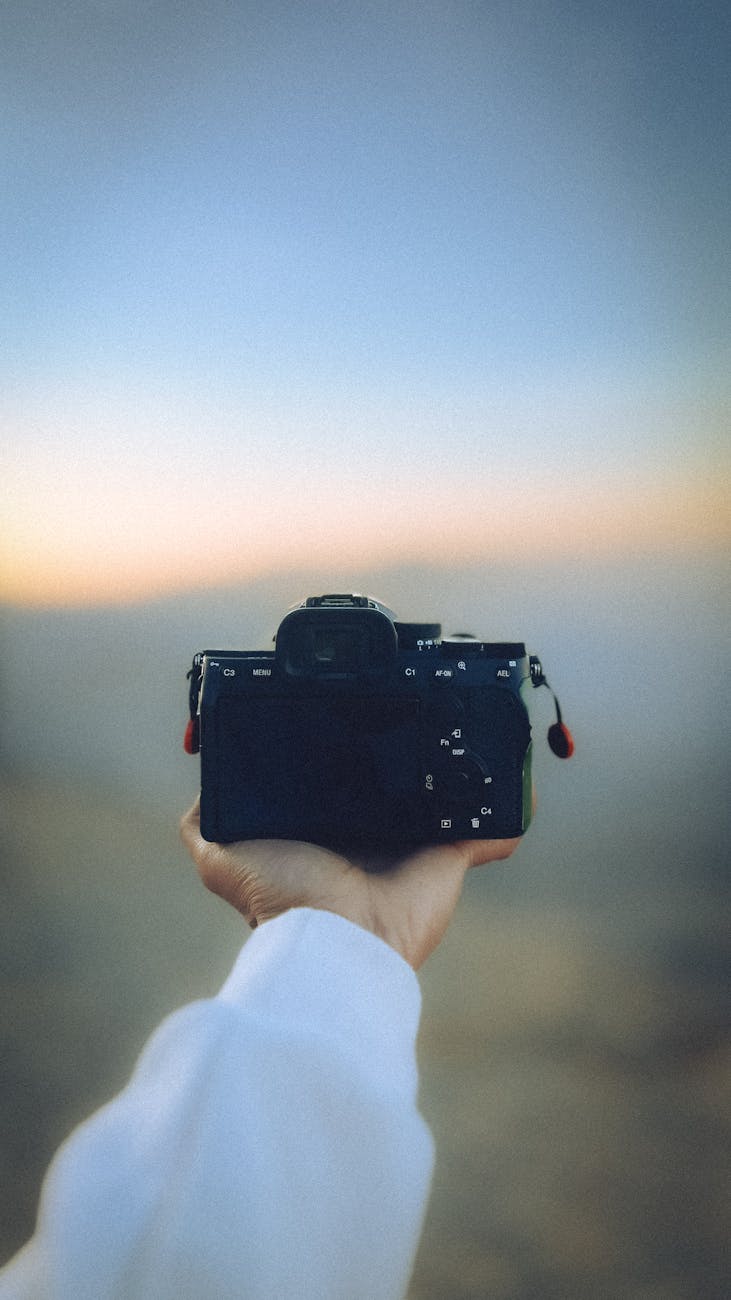
On a photo walk, the D80’s subtle shutter and color-rich files captured quiet street corners with surprising depth, almost like slides from the past.
Second-Hand Buying Guide for the Nikon D80
What you’ll get: a checklist of what to inspect before buying used.
- 🔍 Check shutter count (life expectancy ~50,000 shots).
- 🔍 Inspect LCD display brightness and clarity.
- 🔍 Test SD card slot for reliability.
- 🔍 Confirm battery health or replace with EN-EL3e.
- 🔍 Inspect overall body condition and grip rubber.

When I bought my first used camera online, seeing a documented shutter count reassured me more than any cosmetic photo could.
Accessories That Keep the Nikon D80 Practical
What you’ll get: practical add-ons that extend the D80’s usability.
Rely on EN-EL3e replacement batteries, smaller SD cards for stability, affordable AF-D primes, and CLS-compatible Nikon flashes to keep your D80 modern and functional.

Mounting a vintage Nikon 50mm lens brought the D80 to life—manual focus became part of the creative process and led to surprising results.
Final Thoughts: Why the Nikon D80 Still Matters
What you’ll get: reasons older gear like the D80 still finds a place in 2025.
The Nikon D80 is no longer a generalist camera, but rather a creative specialty tool. Its CCD look, tactile feel, and second-hand affordability make it a gateway to thoughtful photography and experimentation.
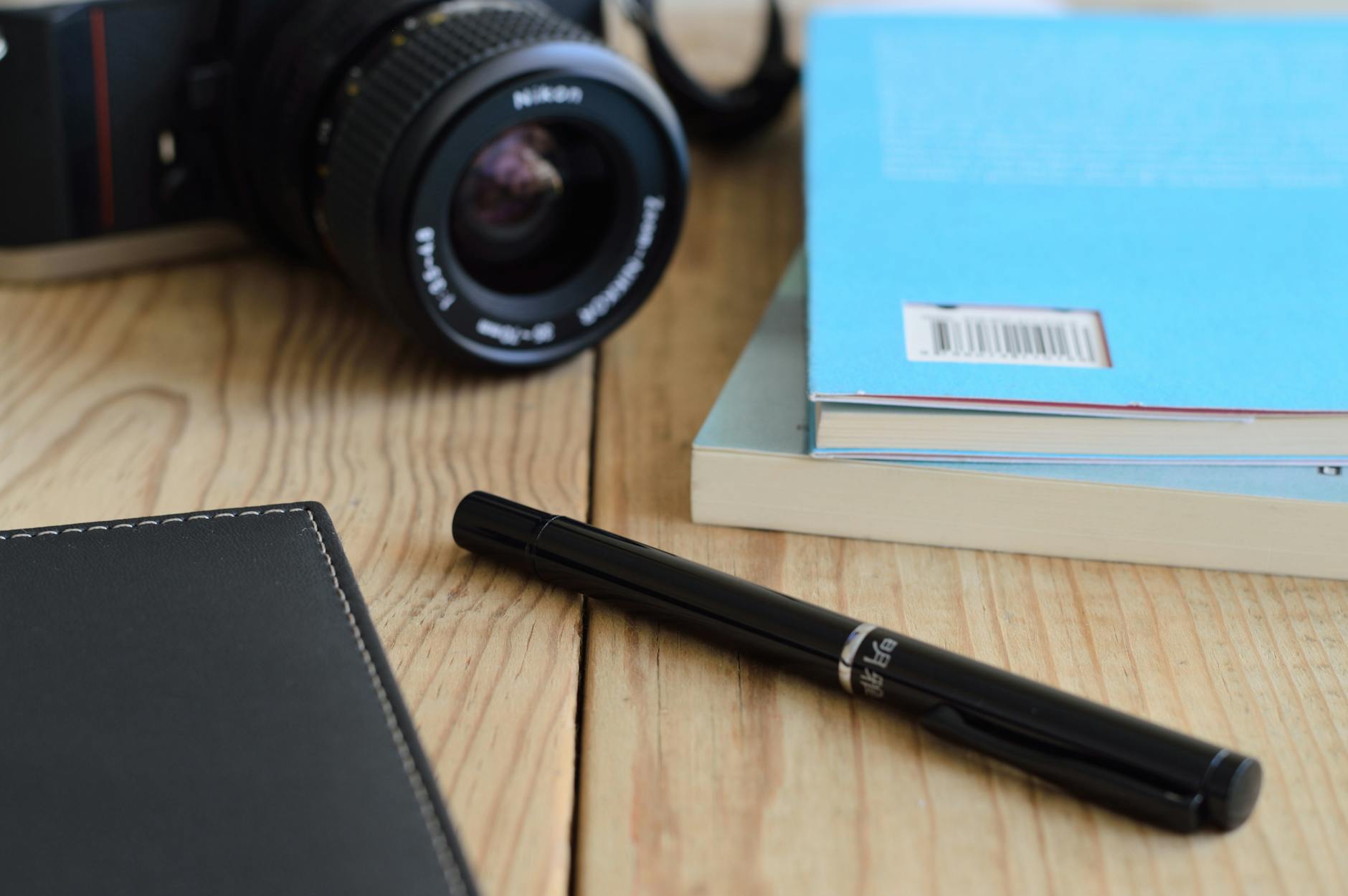
Using an older DSLR like the D80 slows the process, reminding us that photography isn’t about speed—it’s about seeing differently.
FAQs
Is the Nikon D80 still worth buying in 2025? Yes, if you’re a beginner, artist, or educator seeking affordable tactile gear with a unique CCD aesthetic.
What should I check before buying a second-hand Nikon D80? Inspect shutter count, LCD condition, SD slot, battery health, and grip rubber.
Can I use modern Nikon lenses with the D80? Yes, the D80 works with most F-mount lenses. Autofocus will not work with Z-mount or some newer G lenses without adapters.
Why does the CCD sensor in the D80 matter? The CCD sensor renders colors with unique, retro film-like qualities unlike most CMOS sensors.
Quick decision
- ✅ Buy Nikon D80 used if you love distinctive CCD color.
- ✅ Great for affordable entry to DSLR photography.
- ✅ Skip if you need video or strong ISO performance.
- ✅ Works perfectly with many Nikon F-mount lenses.
Pros
- Unique CCD sensor rendering.
- Affordable to buy second-hand.
- Durable build, tactile controls.
- Wide lens compatibility.
Cons
- Weak low-light capability.
- No video recording option.
- Aging LCD screens may fade.




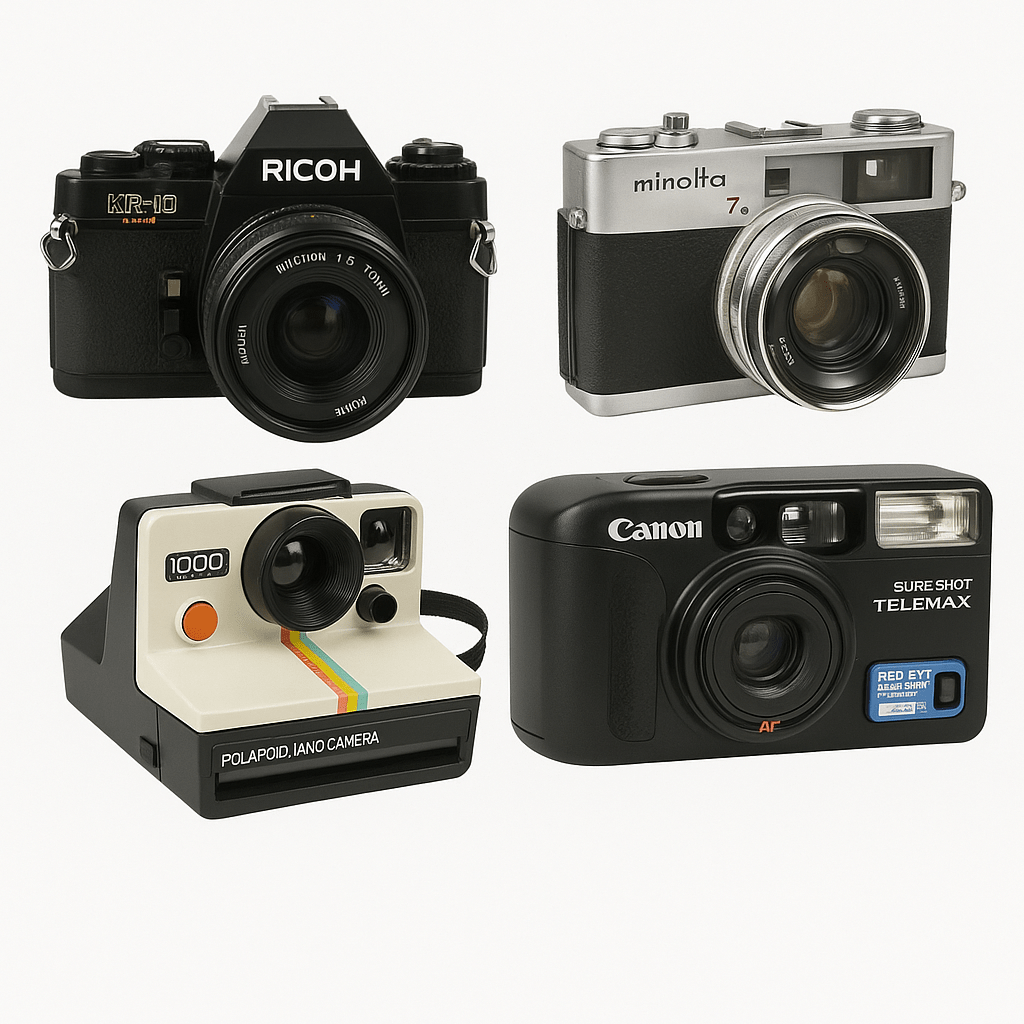
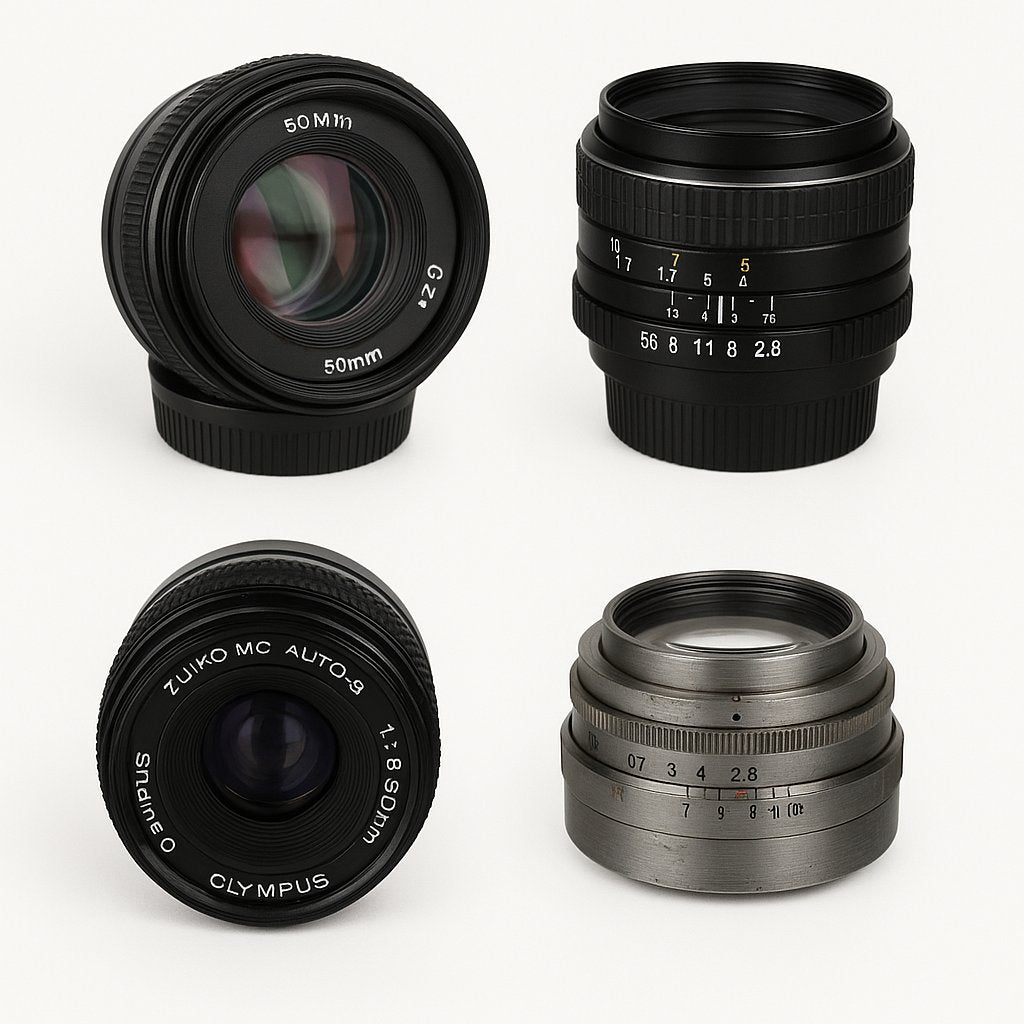
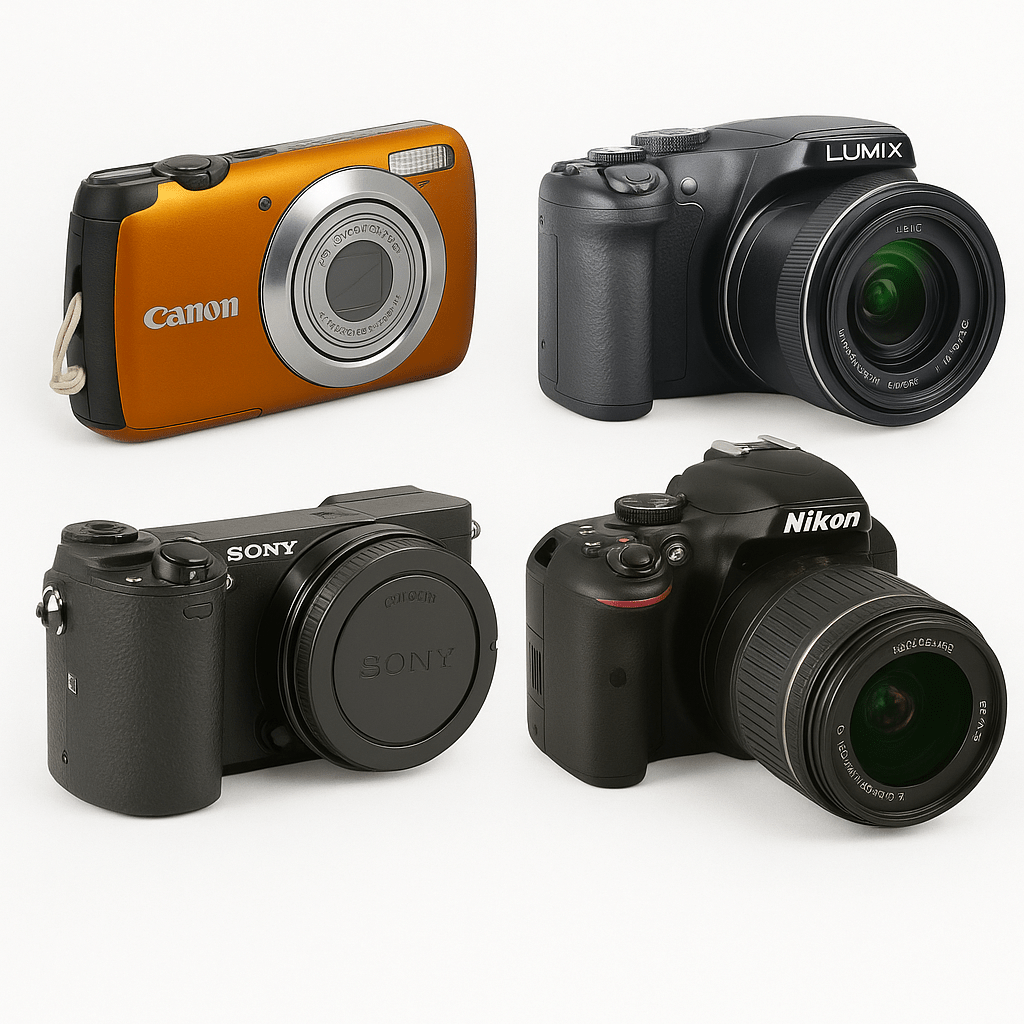
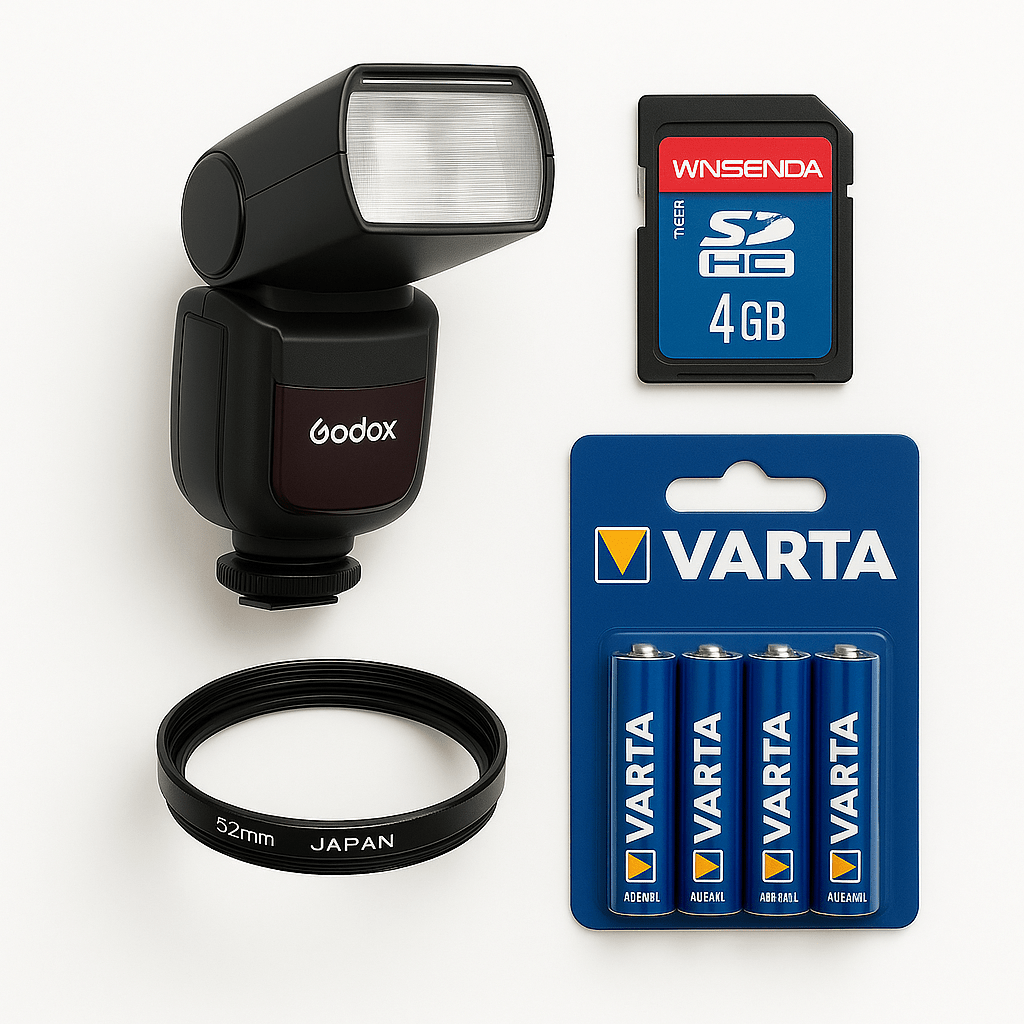
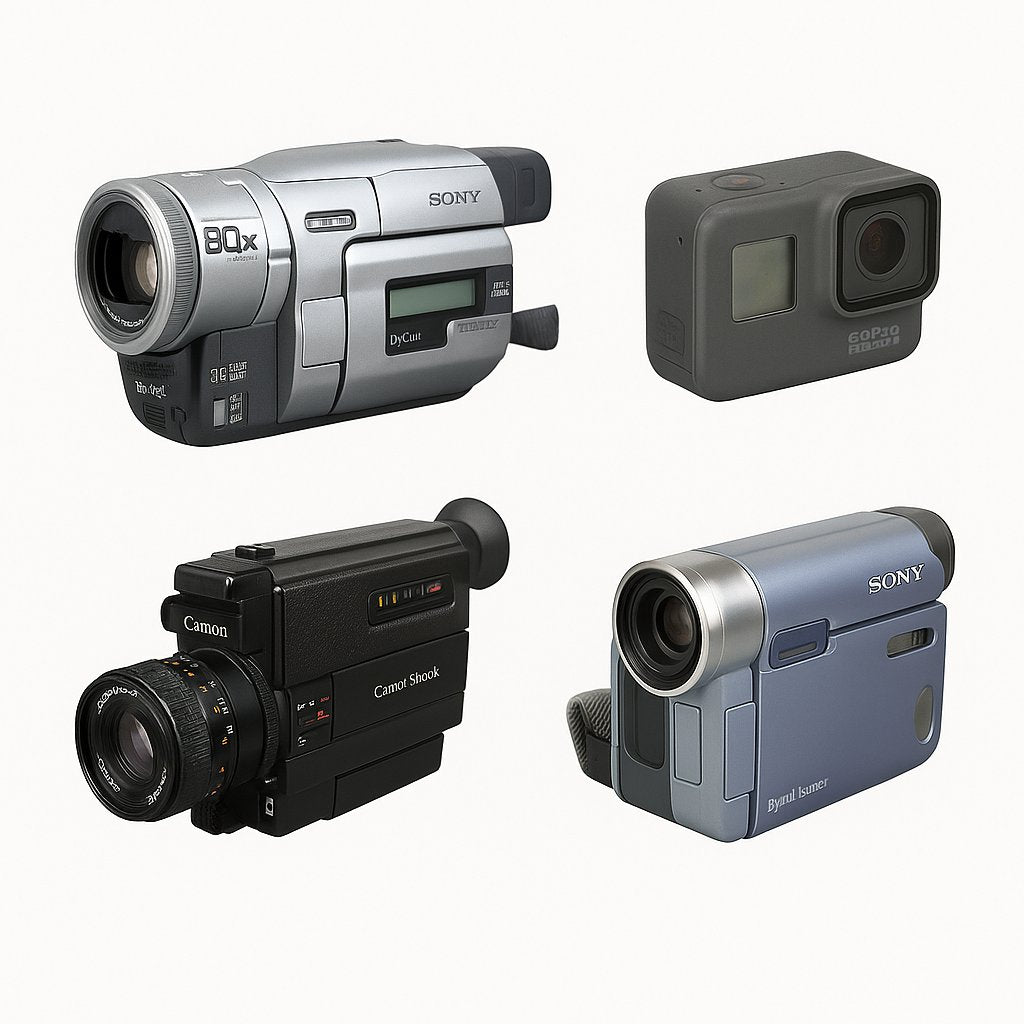
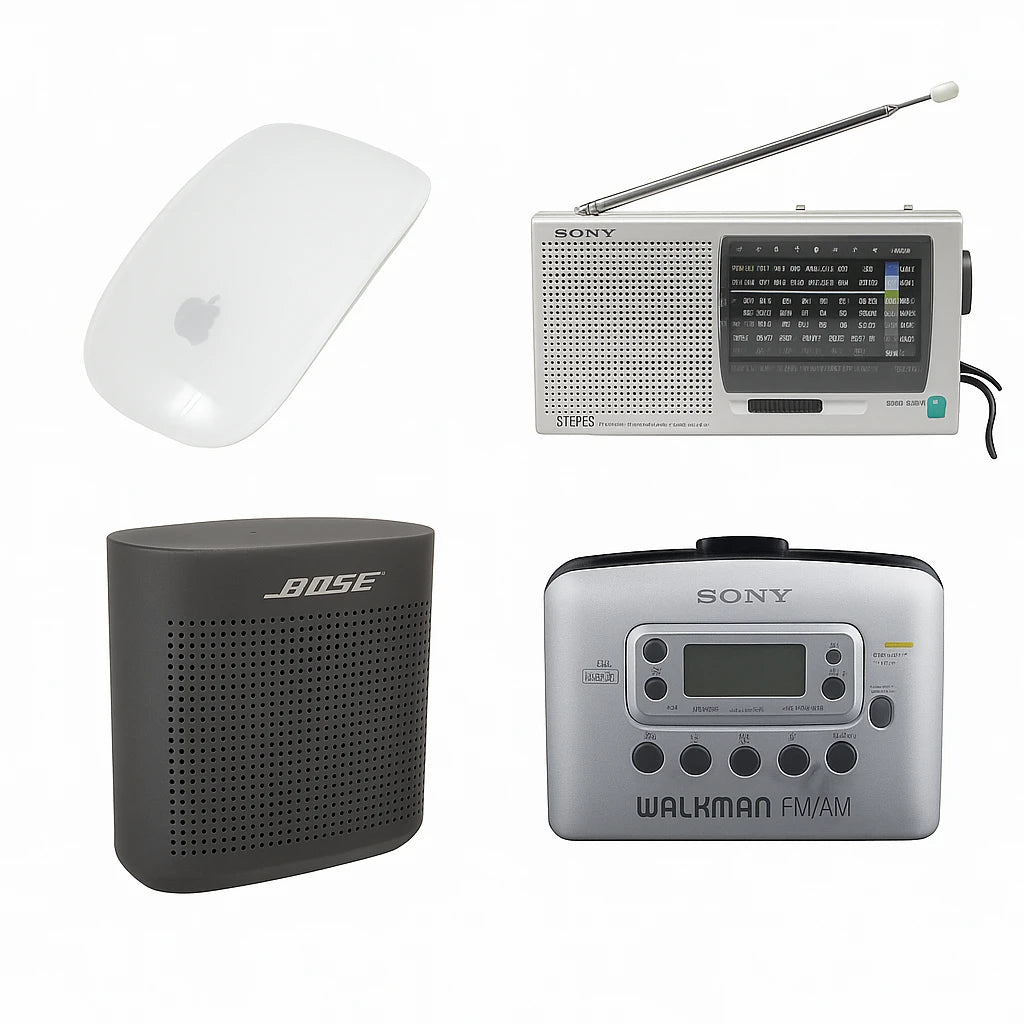
0 comments